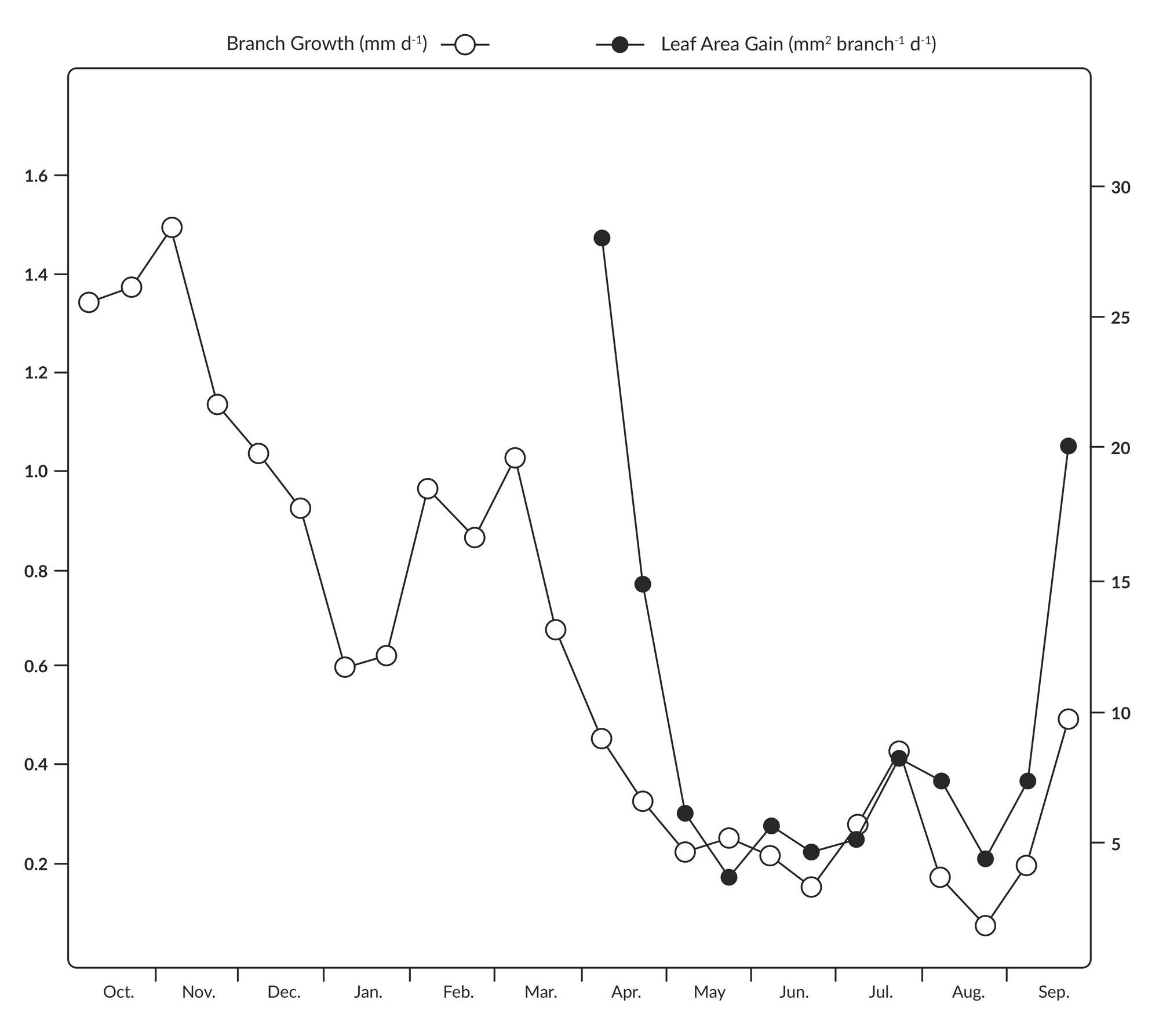Rainfall
The highest rainfall experienced across the tropics roughly corresponds to the time when the sun is positioned directly overhead in that region. For example, the Tropic of Cancer receives its heaviest rains at around the time of the summer solstice in the Northern Hemisphere (June 21). The annual amount of rainfall in most growing regions is in the 1500–2000-millimetre range (Bertrand et al., 2012).
The optimum rainfall in a given terroir depends on many factors, including the retention properties of the soil. (Soil containing more organic matter can hold more water.) It also depends on the atmospheric humidity and cloud cover, as well as cultivation practices. The optimum annual rainfall range for Arabica coffee is 1200–1800 mm (Alègre, 1959 & DaMatta et al., 2007). Too much rainfall throughout the year is often responsible for a long and drawn out harvest over several months and low yields (Damatta et al., 2007). Coffee plants exhibit more predictable flowering and fruiting behaviour when there is a distinct dry season. This is typical of regions in the outer tropical belt, such as Brazil and Guatemala.
Growth periods for plants tend to be in sync with the rainfall distribution. In their study in Viçosa, in southeastern Brazil (20º46′ S, 650-m altitude), Da Matta et al., 2007 measured shoot growth across several months. ‘The most vigorous growth closely followed the arrival and departure of the warm, rainy season. Researchers observed that ‘shoot growth of the arabica coffee tree is slow during the dry, cool season, and rapid in the rainy, warm season’.
The chart below plots the distribution of the growth of branches and the increase in leaf size or the number of leaves (leaf area gain).
What about flowering? In general, rates of floral initiation are fastest and rates of shoot growth are slowest during the dry and/or cool ‘winter’ months, and ‘spring’ rains trigger blossoming and rapid shoot growth (M.G.R. Cannell, 1985).
